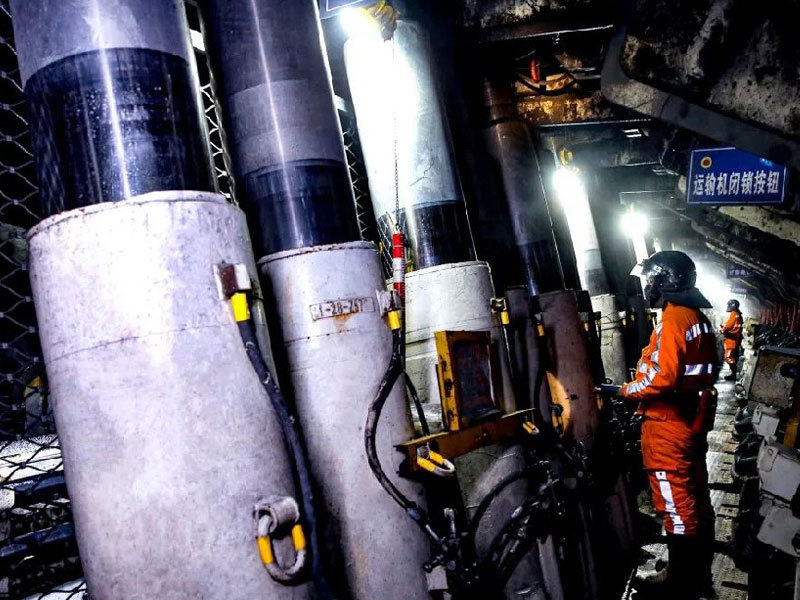Reasons and precautions for high-pressure hose impact rupture
Mar 24,2025

Rubber hose products are one of the common accessories used in daily industry, but various problems can also occur during use, especially high-pressure rubber hoses working under high pressure. After years of work experience and user feedback, we will understand the reasons behind this
1. The reinforced layer of the hose is not rusted, but there is irregular wire breakage. If the hose ruptures and the outer adhesive layer is peeled off for inspection, no rust is found on the reinforcement layer, but irregular wire breakage occurs in the length direction of the reinforcement layer. The main reason is that the hose is subjected to high-frequency impact force.
2. When the high-pressure hose ruptures or is about to break due to external forces (such as shrapnel breakdown or compression rupture) or system overload, the bone joining method can be used: wipe the hose rupture site clean and cut off the rupture site; Insert the self-made steel "bone connector" into the cut hose (in case of emergency, a steel pipe with the same outer diameter as the hose bone diameter can also be used as the "bone connector"); Use homemade steel plate clips to tighten the hose and "bone" (in case of emergency, use No. 8 iron wire instead of homemade steel plate clips); After cleaning the connected hose, it can be used
3. The rubber hose has ruptured, and the braided steel wire near the rupture has rusted. If the high-pressure oil pipe ruptures and the outer rubber layer is peeled off for inspection, rust is found on the woven and wrapped steel wires near the rupture. This is mainly due to the moisture or corrosive substances in the outer rubber layer, which weaken the strength of the hose and cause it to rupture under high pressure.
This situation is usually accompanied by the phenomenon of outer layer fracture, abrasion, or severe deterioration, causing the outer layer to lose its protective effect on the reinforcement layer. At this point, it is necessary to first inspect and eliminate adverse factors such as mechanical damage, chemical corrosion, and high-temperature baking to the outer rubber layer, and then replace the rubber hose. However, there are also cases where the outer adhesive layer is well maintained but the reinforcement layer is embroidered and ruptured, and the rupture is usually within a range of 200 mm from the hose joint. The reason for this is mostly due to the unqualified hydraulic joint. Due to moisture entering the inner edge of the jacket, the reinforcement layer absorbs moisture, causing rust and reducing the pressure resistance strength of the hose, resulting in rupture.
Attention: The arrangement of hoses should try to prevent heat sources and stay away from the engine exhaust pipe. If necessary, equipment such as sleeves or maintenance screens can be used to prevent the hose from deteriorating due to heat. When using hose equipment, it is necessary to prevent it from being in a tight state. Even if there is no relative movement between the two ends of the hose, the hose should be kept loose. Tightened hoses will swell and their strength will decrease under pressure. Do not misunderstand the hose during the equipment process. Thin modifications to the hose can reduce its strength and loosen the joints. When using high-pressure hose equipment for oil drilling, the joints should be tightened on the hose instead of the hose. If the hose is installed on critical components, it is recommended to inspect or replace it on time.
When it is necessary to insert hoses or when there is a conflict with the mechanical surface during operation, use hose clamps or tension springs to maintain equipment and prevent damage to the outer layer of the hose. When it is necessary to bend the hose, the bending radius should not be too small and should be greater than 9 times the outer diameter. There should be a straight section at the connection between the hose and the joint that is greater than twice the outer diameter of the pipe.
NEXT:
Contact Us
Phone/WhatsApp
Address
Fotai, Duqiao Town, Jing County, Hengshui City, Hebei Province, China






